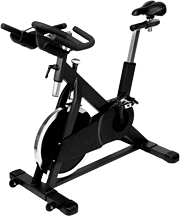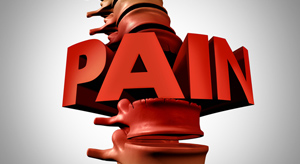Chronic low back pain, or LBP that lasts for more than about three months, often means it's been ignored for some time, or masked with over-the-counter / prescription medications instead of a proven option such as chiropractic. Think you can just fight your way through back pain, day after day, month after month, even when it becomes chronic? After all, if you can put up with the pain, what else can go wrong? How about a stroke?
Yes, chronic low back pain may increase stroke risk, suggests a new study published in Clinical Neurology and Neurosurgery. The study compared more than 10,000 chronic LBP patients with 20,000-plus patients without low back pain, finding that over an eight-year tracking period, chronic LBP patients had significantly higher risks of suffering any type of stroke or one of two specific types of stroke: hemorrhagic and ischemic. (The increased risk associated with ischemic stroke was the most significant, according to the authors' findings.) Interestingly, the increased risk was highest in patients under age 50.
 With that in mind, let's revisit the all-too-common reality of chronic
low back pain: often ignored, endured or masked (but not appropriately
treated) with pain medications. For these people, is a stroke in their
future? According to recent statistics, that means an estimated 8-10
percent of U.S. adults could be at risk. And don't forget that an
estimated 80 percent of adults experience at least one episode of low
back pain during their lifetime. Without appropriate care, that episode
could become chronic as well.
With that in mind, let's revisit the all-too-common reality of chronic
low back pain: often ignored, endured or masked (but not appropriately
treated) with pain medications. For these people, is a stroke in their
future? According to recent statistics, that means an estimated 8-10
percent of U.S. adults could be at risk. And don't forget that an
estimated 80 percent of adults experience at least one episode of low
back pain during their lifetime. Without appropriate care, that episode
could become chronic as well.It's time for a safe, effective solution to low back pain; a solution that addresses the cause, not just the symptoms. It's time to manage back pain before it ever has a chance of becoming chronic. It's time for chiropractic – before your low back pain leads to a stroke. Talk to your doctor for more information.





